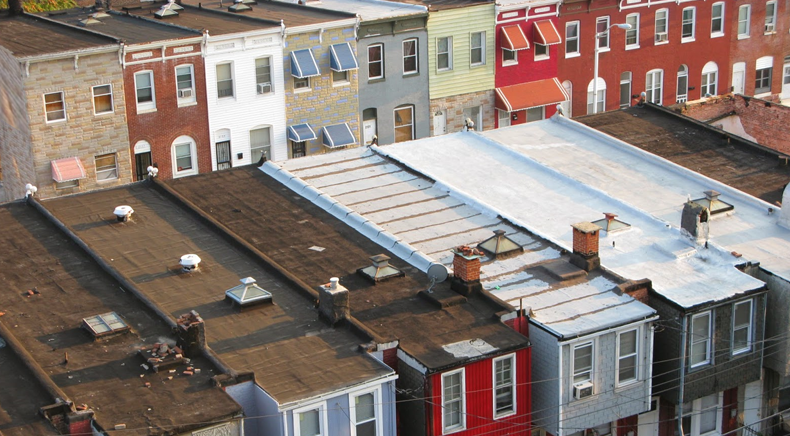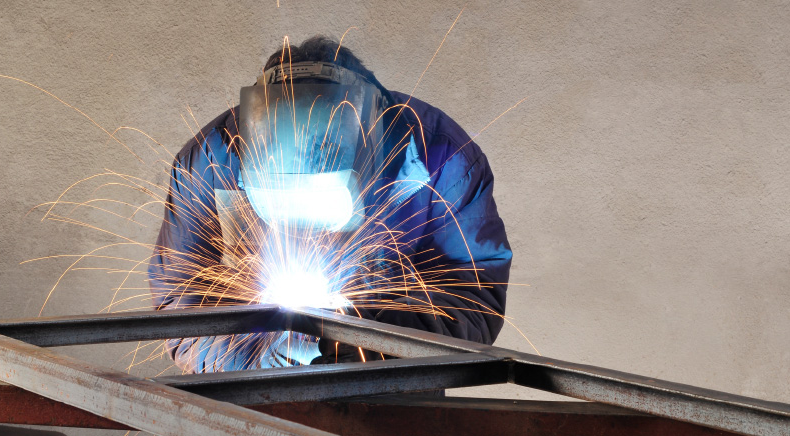
THE WORKING CLASS
The problems of the bottom fifth of earners – the poorest of the poor – are very different from the problems of the next tier up, the working class. We need better answers for both groups. .

MAKING COLLEGE WORK
American higher education is increasingly bifurcated, shortchanging millions of students and betraying the nation’s democratic ideals. How do we make college work for all students, combining access with excellence? .

ASSET OWNERSHIP
The biggest difference between the haves and have-nots isn’t how much they own – it’s owning versus not owning. Stocks, bonds, a house, a 401k, even a savings account – how do we help people start on a path to building wealth?

WORKFORCE PARTICIPATION
Between 1965 and 2015, the percentage of working-aged men not working or looking for work more than doubled from 10 percent to 22 percent – and if work rates were the same today as in 1965, roughly 10 million more men would be working. What’s driving this change – and what can be done about it?

INCLUSION
Working families look very different today than just a few years ago. Those striving to succeed are often immigrants or the children of immigrants. And while some of their challenges are unique, the best stratagems for upward mobility work across groups.

SKILLS AND CAREERS
Despite stubbornly high unemployment in many states, 6.9 million jobs stand empty in the U.S. today. Why: skills mismatches and inadequate, outdated workforce education. We need to fill this gap – we need to recommit to skills.

ENTREPRENEURSHIP
One of the best ways to move up the income ladder is starting your own business. Why is the government so often standing in the way? We need incentives, not obstacles, for entrepreneurship. .

THE NEW MACHINE AGE
Will robots destroy middle class jobs – or create new opportunities for millions of Americans? Surely both. Are we doing enough to prepare the workers who will design, program, command, control and manage the new machines?
